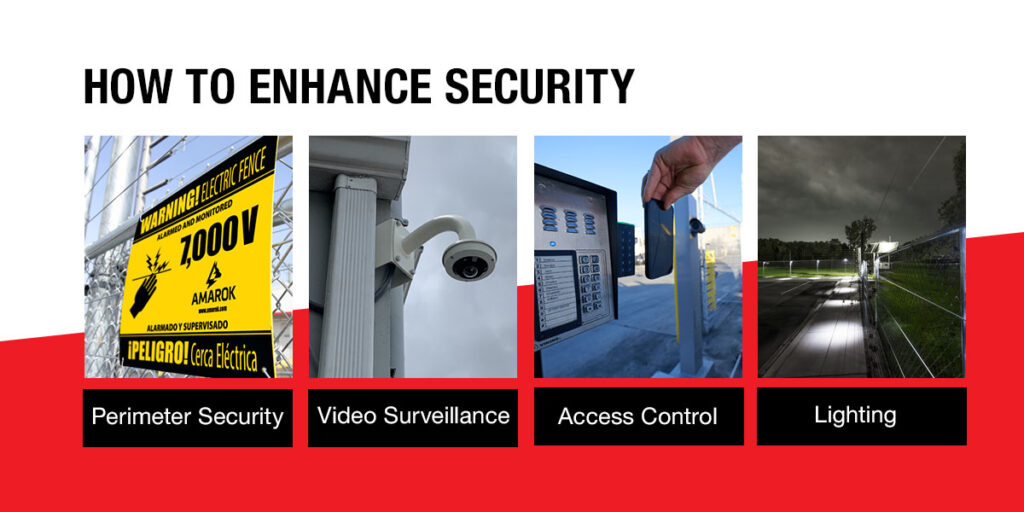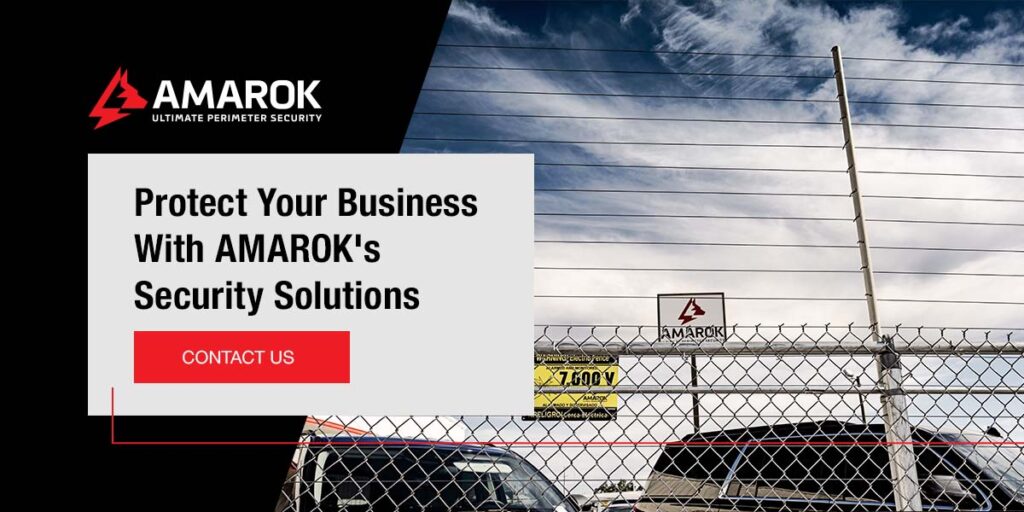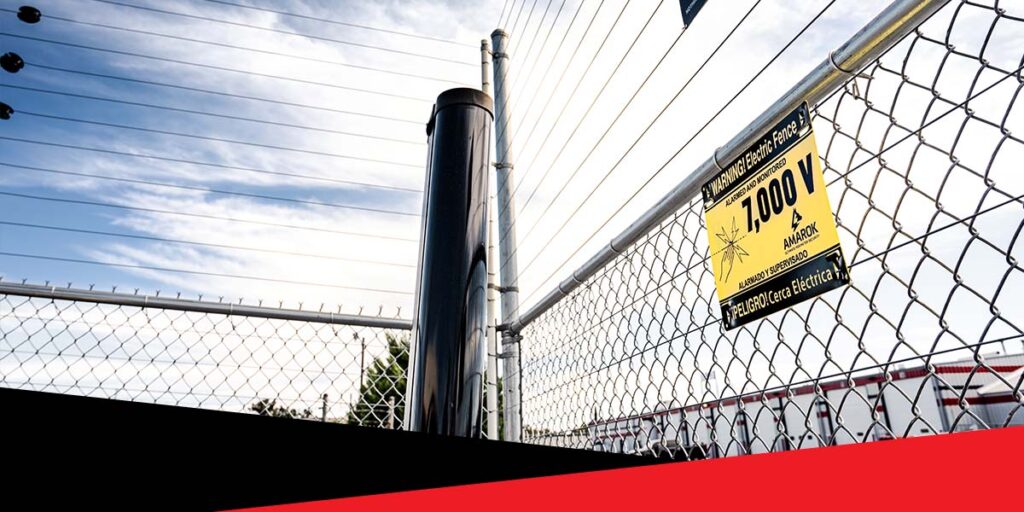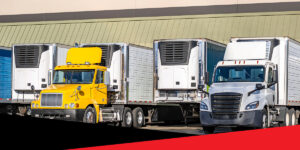Whether it’s a retail shop, a warehouse or an office, every business is exposed to threats from external sources. External business theft can occur in various ways, from forced entry to social engineering to hacking. These threats lead to financial loss, reputational damage and other harmful effects, making it essential to be proactive about your company’s security.
Implementing a comprehensive, layered security strategy is an excellent way to address your operation’s vulnerabilities. Understanding the nuances of external business theft will help you select the right security solutions to protect your assets.
Understanding External Business Theft
External theft is committed by individuals who are not insiders or employees. These outside parties may target assets like data, goods, equipment or money. Common targets include:
-
- Construction sites: Thieves steal expensive tools, materials or machinery from unsecured sites.
-
- Offices: Criminals target offices for valuable data, cash or electronics.
-
- Equipment rental sites: Thieves often target equipment rental sites, as the equipment is left outside unattended for long periods.
-
- Warehouses: Warehouses have large quantities of goods stored on-site, making them tempting targets.
Consequences of External Business Theft
External theft can lead to direct losses from damaged property or stolen goods. This loss has a ripple effect, increasing overhead through higher insurance premiums and the costs associated with replacing stolen items and repairing damage. Theft can also interrupt business operations, leading to delays and lost revenue.
If the vulnerability is left unaddressed and results in repeated incidents, theft can harm your business’s reputation and affect customer and investor trust.
How to Tell if You Have a Business Theft Problem
Business theft doesn’t always look like a cut fence or an empty loading dock. Look out for these signs that indicate you are a target:
-
- Decreasing sales but increasing inventory acquisition costs
-
- An above-average amount of empty containers or equipment racks
-
- Inventory loss without incident reports
-
- Records indicating unauthorized access to your premises
Types of Business Theft
There are various types of business theft, each of which can cause significant financial or operational damage. Knowing which concerns your business is most likely to face will help identify where you’re most vulnerable — and what kind of security enhancements will be most successful in preventing business theft. Common types of external theft include:
-
- Burglary: Burglary occurs when criminals gain unauthorized, after-hours access to a property. Thieves often target electronics, merchandise or cash registers.
-
- Robbery: Theft involving force, intimidation or threats can occur at offices and even worksites. Robbery differs from burglary in that it involves taking something from another individual.
-
- Cybertheft: Digital assets like intellectual property, money and sensitive data may be stolen via cybertheft.
-
- Shoplifting: Thieves may steal merchandise from stores or worksites during business hours by concealing them in bags or clothing.
-
- Vandalism: Acts of vandalism and vagrancy can result in concerns ranging from graffiti to outright property destruction, and they can have significant financial consequences for businesses.
-
- Cargo theft: Hijacking trucks, breaking into warehouses or stealing from loading docks are all forms of cargo theft. Third-party logistics providers are particularly susceptible to this risk.
-
- Dumpster diving: Digging through a business’s trash to find valuable items or information is also a form of theft. Dumpster diving is not illegal if the trash is discarded in a public space, like leaving trash bags on a curb for pickup, but it can lead to identity theft if personal information is discarded carelessly.
How to Enhance Security
Preventing external business theft requires layered security solutions. Proactive security measures like perimeter fencing and access control are crucial steps to deter theft.

Perimeter Security
Begin with an imposing fence around your property — this installation will be the first barrier against intruders and clearly define your property’s boundaries. The threat of the safe but memorable shock that comes with electric fencing as part of your security strategy can discourage criminals from attempting to breach the perimeter which is the first step to deter would-be thieves.
Electric fencing is customizable and scalable. It sends a clear message that your operation is well-protected, and you can make it even more capable by adding enhancements like lights and sirens. Fencing works especially well in conjunction with reactive security measures such as CCTV systems and motion detectors.
Video Surveillance
Placing security cameras in key areas like parking lots and entry points can help security personnel keep an eye on your property. Ensure these cameras cover blind spots and record high-quality video. The presence of cameras acts as a deterrent because potential thieves know they are subject to real-time monitoring, which increases the chances of immediate response to suspicious activity. Video footage may also serve as incriminating evidence following an incident.
A CCTV system reassures customers and employees that your company prioritizes their safety. This measure fosters a sense of security and trust in your business environment.
Access Control
Limit entry points and use mobile devices, key cards, or codes to control who enters your property. Tracking entries and exits with exact times gives you a clear record of movement on your premises. This data can be crucial when you want to identify suspicious behavior or unauthorized access attempts.
Access control also allows you to designate specific areas in your business that only certain employees can enter. This limitation can help reduce the risk of theft by creating layers of barriers for would-be thieves.
Lighting
Adding lighting to your property is a great way to limit theft because it serves as a psychological deterrent. For this reason, the perimeter is one of the most important parts of your property to illuminate. Motion-activated lights at entry points such as windows, doors, and gates also help deter thieves by calling attention to the areas most likely to be perceived as vulnerable.
While commercial security lighting is a strong defense against thieves, it works best when you layer it with other security measures. For example, combining lighting with electric fencing results in a stronger overall security posture and greater protection.

Protect Your Business With AMAROK’s Security Solutions
Recognizing the risks associated with business theft and implementing the right security measures can significantly reduce the chances of your enterprise suffering a serious loss. A layered security system is the first step in the right direction. Each layer of security adds more protection to your property, reducing the likelihood of any criminal activity.
AMAROK is your business’s smart approach to perimeter security. We offer integrated commercial security solutions, including electric fencing, video surveillance, building intrusion detection and perimeter alarm systems. Our flagship product, The Electric Guard Dog™ Fence, has a 99% threat-prevention rate for our customers and comes with no upfront installation costs.
Contact us today to learn more about our cost-effective solutions for optimizing your business’s security.





